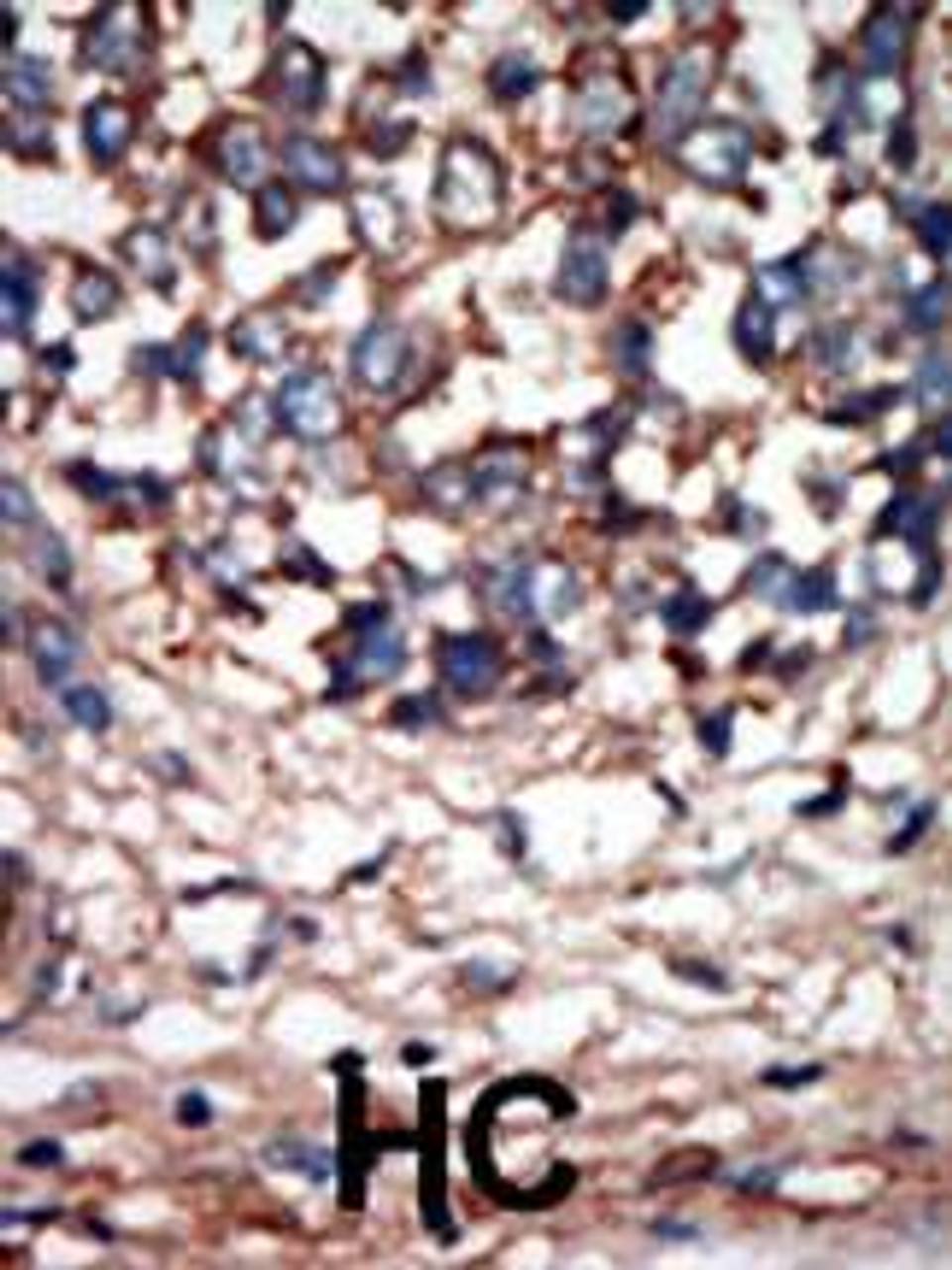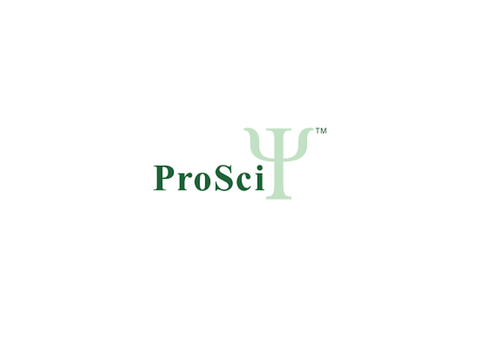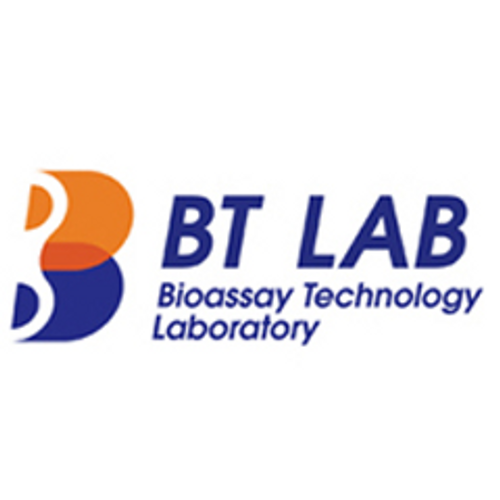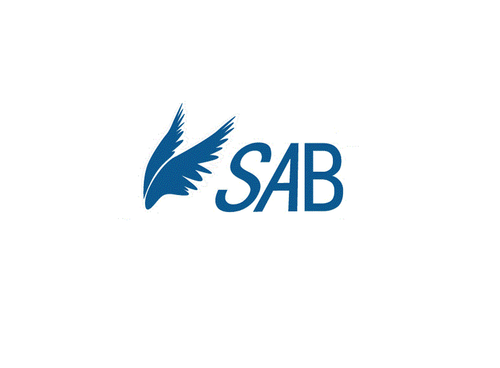Product Description
NEK9 Antibody | 63-383 | ProSci
Host: Rabbit
Reactivity: Human, Mouse
Homology: N/A
Immunogen: This NEK9 antibody is generated from rabbits immunized with a KLH conjugated synthetic peptide between 846-877 amino acids from the C-terminal region of human NEK9.
Research Area: Cell Cycle, Signal Transduction
Tested Application: WB, IHC-P
Application: For WB starting dilution is: 1:1000
For IHC-P starting dilution is: 1:50~100
Specificiy: N/A
Positive Control 1: N/A
Positive Control 2: N/A
Positive Control 3: N/A
Positive Control 4: N/A
Positive Control 5: N/A
Positive Control 6: N/A
Molecular Weight: 107 kDa
Validation: N/A
Isoform: N/A
Purification: This antibody is purified through a protein A column, followed by peptide affinity purification.
Clonality: Polyclonal
Clone: N/A
Isotype: Rabbit Ig
Conjugate: Unconjugated
Physical State: Liquid
Buffer: Supplied in PBS with 0.09% (W/V) sodium azide.
Concentration: batch dependent
Storage Condition: Store at 4˚C for three months and -20˚C, stable for up to one year. As with all antibodies care should be taken to avoid repeated freeze thaw cycles. Antibodies should not be exposed to prolonged high temperatures.
Alternate Name: Serine/threonine-protein kinase Nek9, Nercc1 kinase, Never in mitosis A-related kinase 9, NimA-related protein kinase 9, NimA-related kinase 8, Nek8, NEK9, KIAA1995, NEK8, NERCC
User Note: Optimal dilutions for each application to be determined by the researcher.
BACKGROUND: NEK9, a member of the NIMA subfamily of Ser/Thr protein kinases, is a pleiotropic regulator of mitotic progression, participating in the control of spindle dynamics and chromosome separation. It phosphorylates different histones (serine and threonine residues on H3) , myelin basic protein, beta-casein (serine residues) , and BICD2. NEK9 is activated during mitosis by intramolecular autophosphorylation. Activity and autophosphorylation is activated by manganese >> magnesium ions, and is sensitive to increasing concentration of detergents. This protein is not cell-cycle regulated but activity is higher in G0-arrested cells. NEK is part of a homodimer that binds to Ran GTPase, and exhibits a greater affinity for Ran-GDP over Ran-GTP. Interaction is also noted with NEK6 and NEK7 family members. This cytoplasmic protein is most abundant in heart, liver, kidney and testis, and is also expressed in smooth muscle cells and fibroblasts. Expression varies mildly across the cell cycle, with highest expression observed in G1 and stationary-phase cells.
 Euro
Euro
 USD
USD
 British Pound
British Pound
 NULL
NULL
















